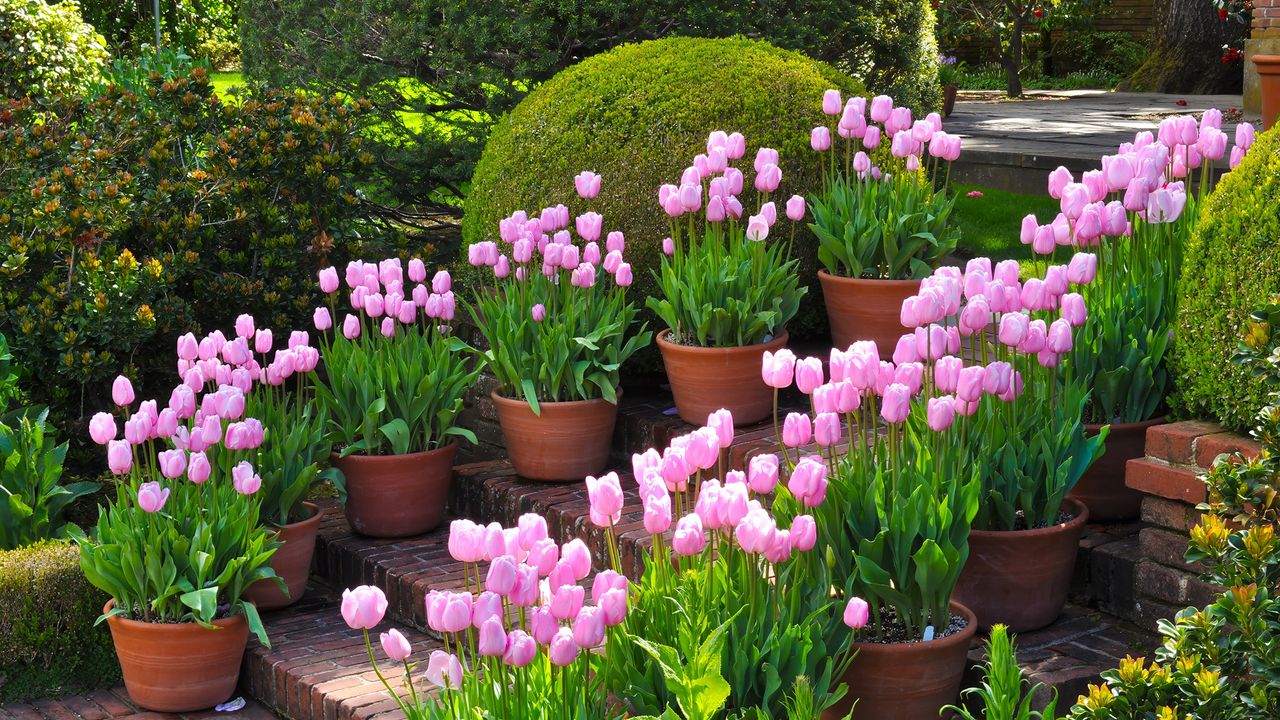
If there’s one thing I love about spring, it’s coming out of the depths of winter hibernation and seeing my yard break out into a plethora of bright colors. But, it doesn’t happen on its own. It takes some careful planning in October to make sure my view is bursting with color when the new season arrives.
After years of planting bulbs in my yard, I’ve learned a thing or two about what works and what doesn’t. And although I’m always picking up new tips, there are a few favorites that I rely on each year for guaranteed success.
So, whether you are new to planting bulbs, or you have hit-or-miss success, here are my five favorite bulbs that I plant in October for a spring display.
1. Tulips
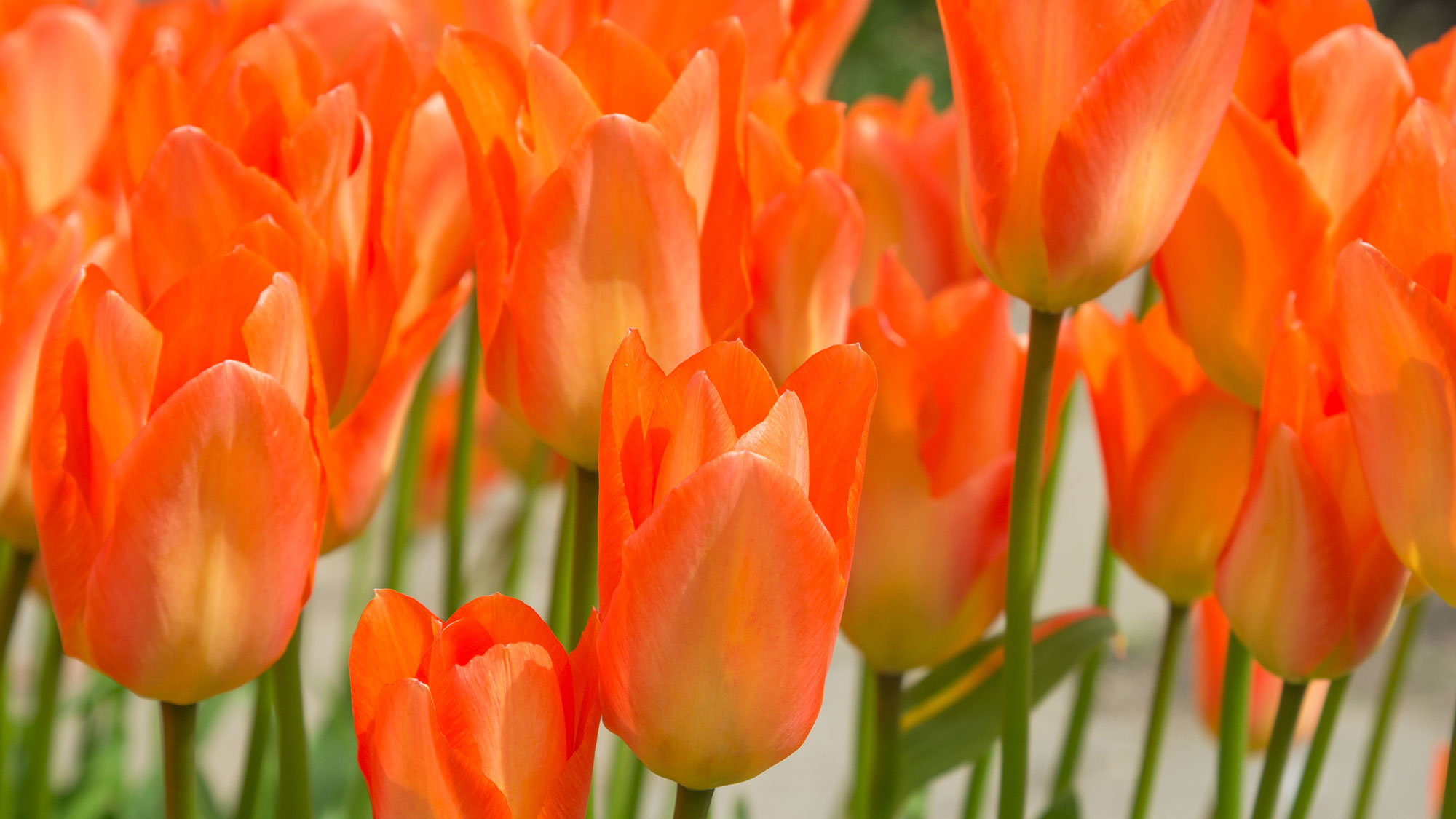
You can’t go wrong with a tulip. As a child I remember them growing in my parents’ backyard and enjoying watching them emerge from the soil. It was always a sign of brighter days ahead.
If you visit your local garden center you’ll probably be overwhelmed with what to choose, as there’s plenty of varieties from traditional and elegant specimens, to those with flamboyant feathery finishes.
However, if you are looking for reliability, Emperor tulips are hardy and easy to grow and will reach 10-14 inches. Darwin Hybrid tulips are also a good option, and unlike the compact Emperor tulip, they have long sturdy stems, reaching up to 24 inches tall, and large blooms.
2. Grape hyacinths
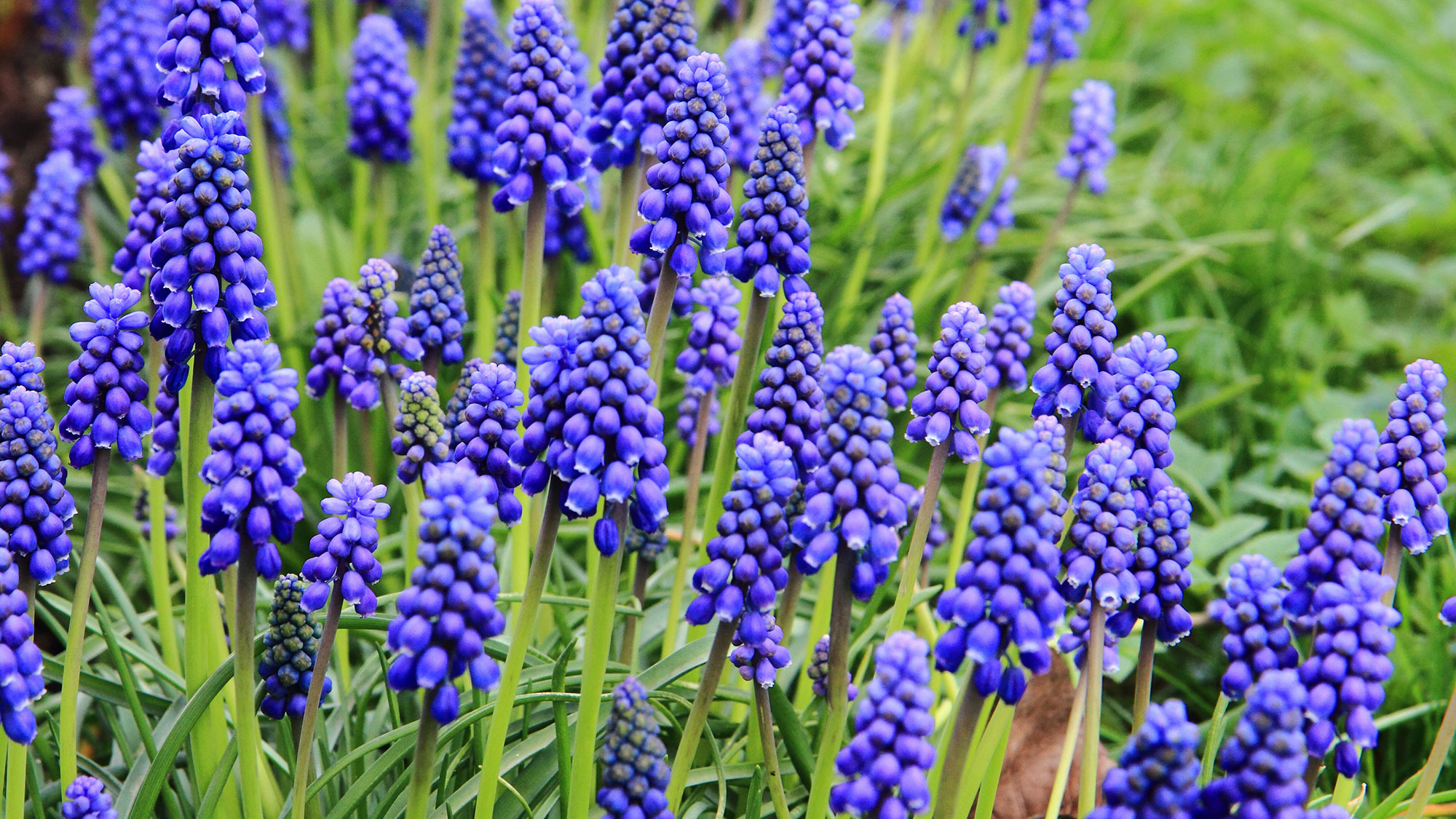
Although not as dramatic as tulips, I like how grape hyacinths, otherwise known as muscari, create a lower and wider spread of color in my beds. Rather than standing proud like a tulip, they form friendly clusters, creating a carpet of color. For this reason they work well as underplanting and perform well in dappled shade.
I also admire the tiny groups of grape-like flowers that form almost a pyramid-like structure, or cone, on the stems. What’s more, they are easy to grow, and the blooms come in various shades of blue, pink, and white, with some bi-colored options. I’ll be planting my muscari bulbs in a pot alongside some tulips.
3. Allium
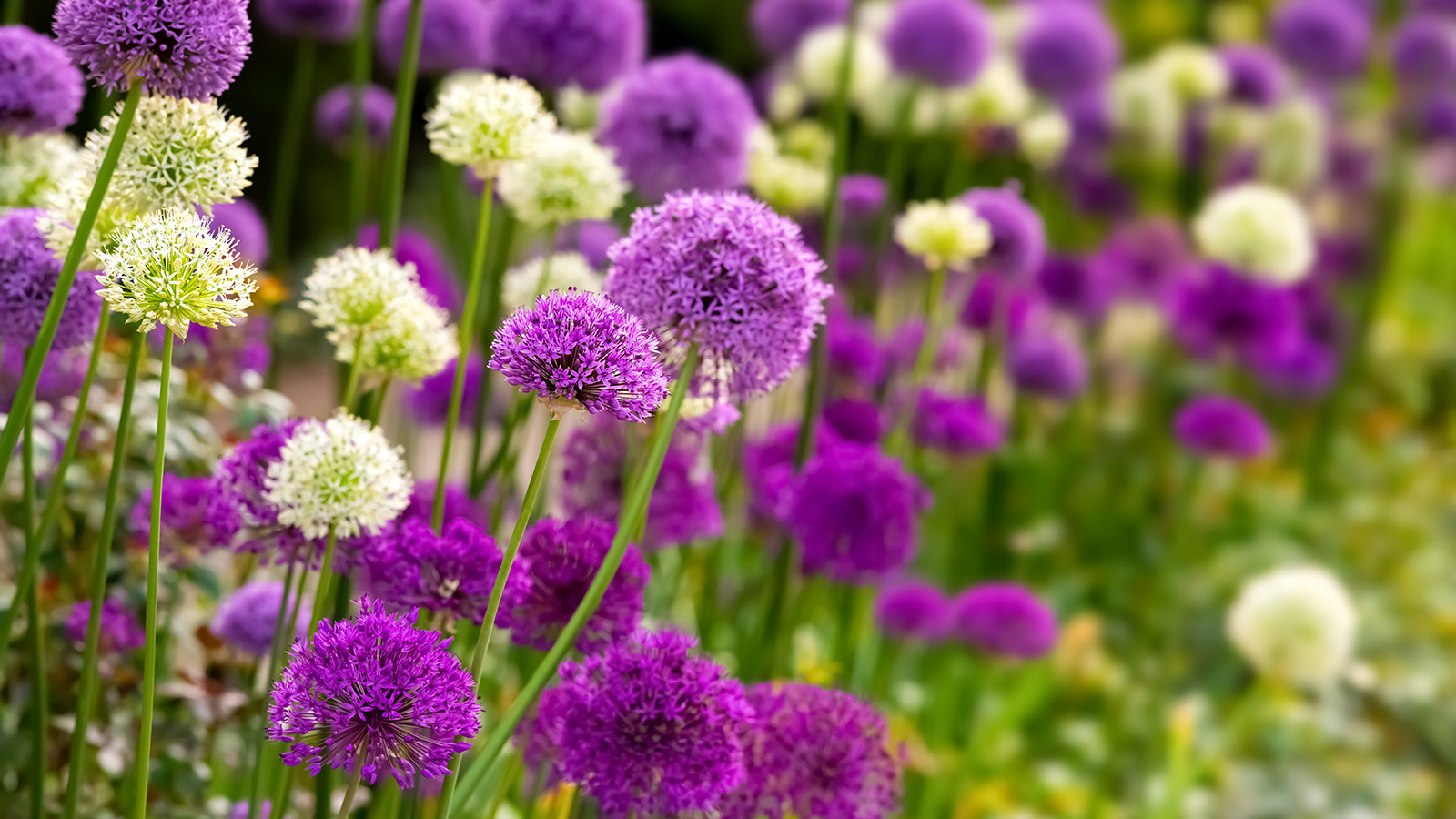
If you’re looking for a statement bulb, I’d recommend growing alliums. They are one of my absolute favorites and work well when planted in a cottage-style or a contemporary fashion. They are certainly a move away from traditional spring bulbs, and look striking with their long stems and dome flower heads. What’s more, they look just as dramatic once the flower has dried out, leaving behind a magnificent, architectural seed head.
Don’t skimp on how many you plant, as with alliums, the more you plant, the more dramatic the display. But mark where you bury them to ensure you don’t dig them up by mistake. They are too pricey to waste!
4. Hyacinths
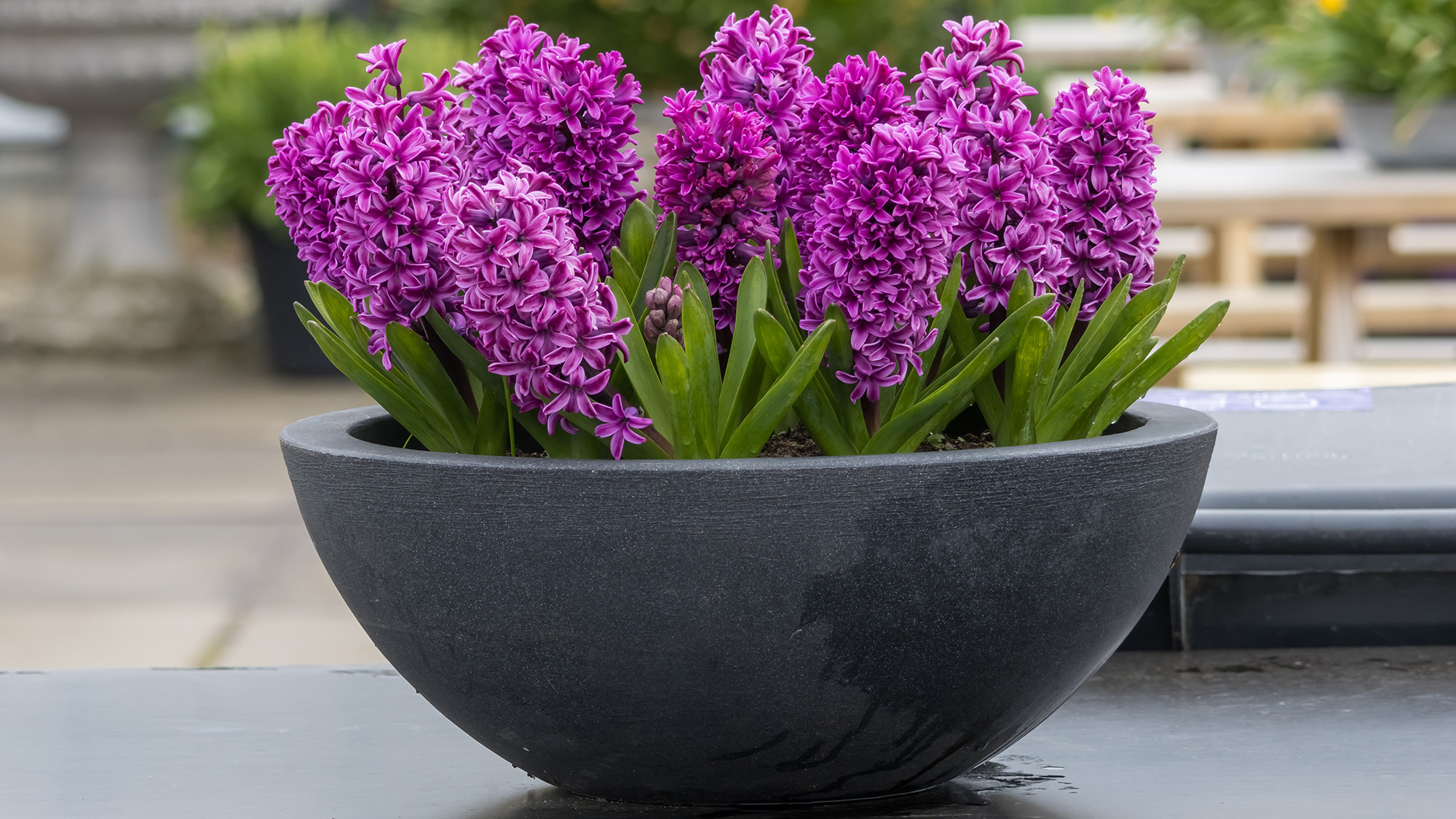
Hyacinths are a throwback to my childhood, but they are still one of the most popular spring bulbs to grow. Not only do they look majestic growing in borders, but they are great for growing in pots, and are particularly fragrant as a cut flower.
They are known for their attractive tubular flowers that form in a dense, elongated head, about 10 inches long, with thick upright leaves. You can choose between white, pink, purple, blue and red, and even yellow and orange.
Whatever your style — a traditional display or a modern aesthetic — you can create the vibe your prefer by planting your hyacinth bulbs in a pot. The bold spherical pot, used in the image above, creates a dramatic, contemporary look.
What’s more, you can grow them inside and out, making them a particularly flexible bulb. If growing them outside they appreciate a sunny position with well-draining soil, while inside they will need to be grown in a special vase that holds the bulb just above the water so roots can grow down into it.
5. Snowdrops
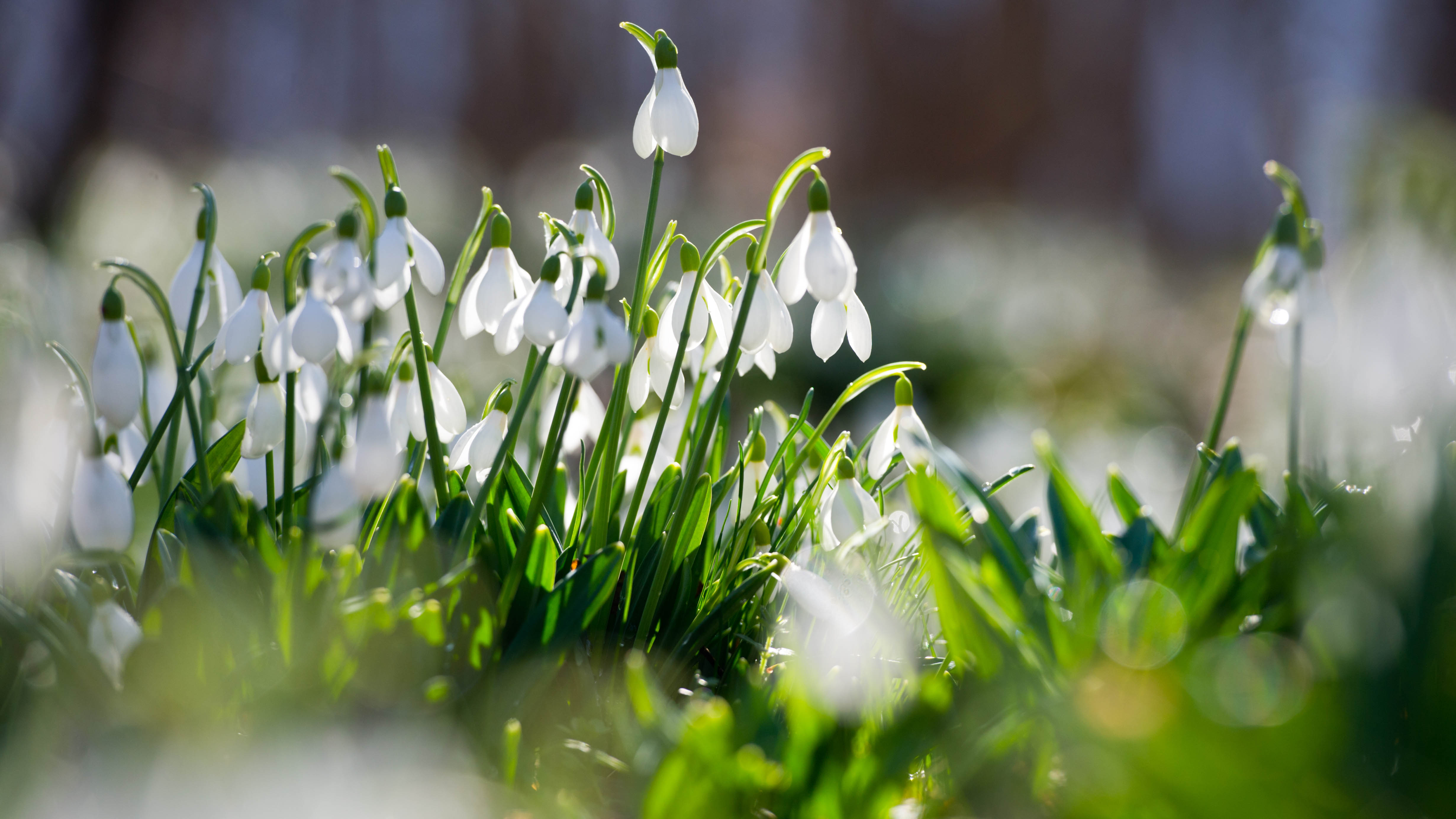
Snowdrops are among the earliest flowers to emerge in the spring months, indicating a sunnier season ahead, even though the weather is still chilly. And just like grape hyacinths, they are best planted in drifts for full effect.
Plant the bulbs between September to November, but be warned: they are prone to drying out, so plant them immediately once purchased. They’ll also do best in shade or part-shade and will work well as ground cover or within a pot.
What’s lovely about these delicate plants is that once established, you can divide clumps and spread them further throughout your yard.
Follow Tom's Guide on Google News and add us as a preferred source to get our up-to-date news, analysis, and reviews in your feeds. Make sure to click the Follow button!







